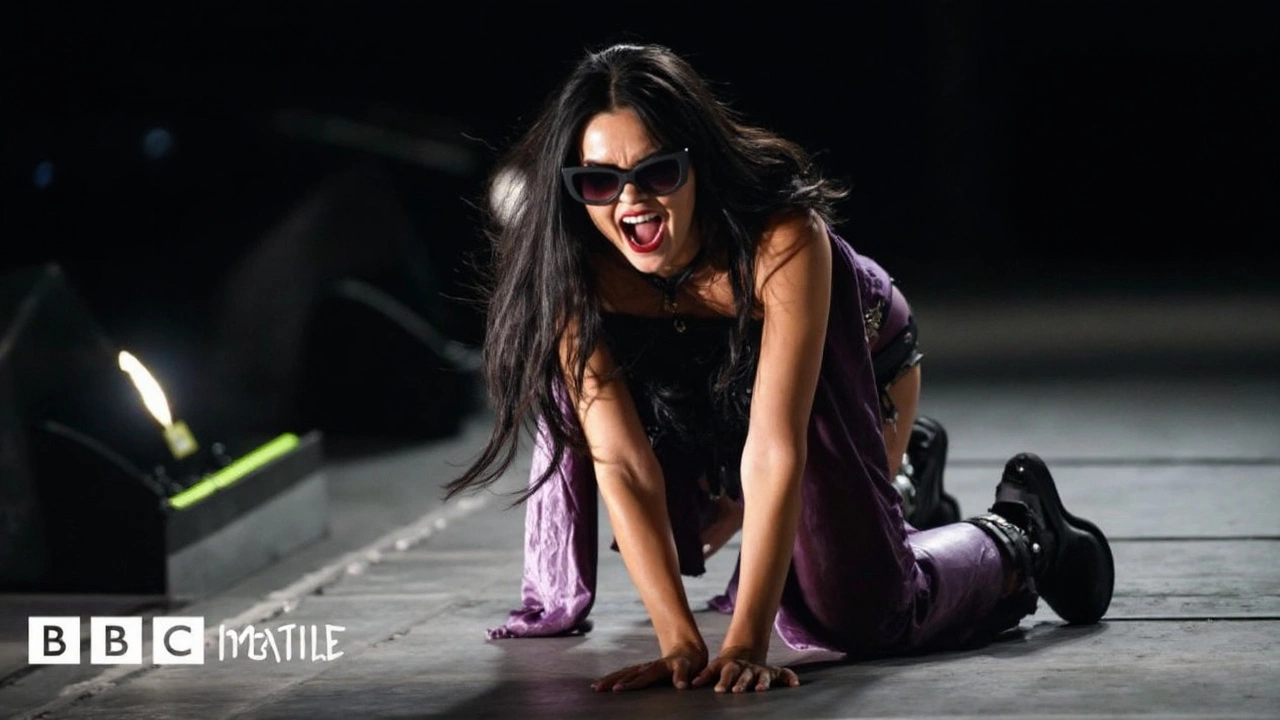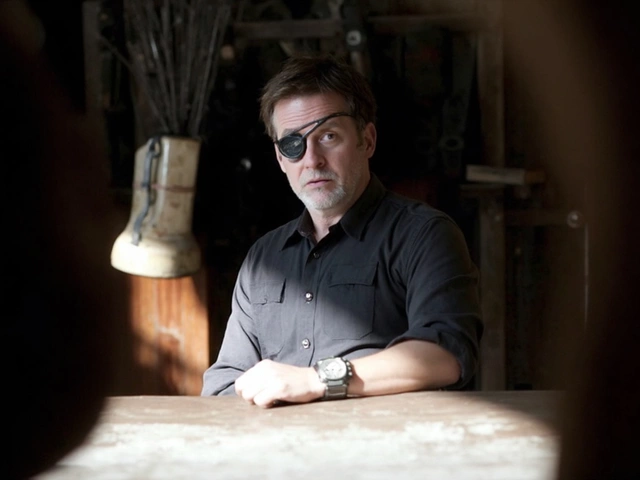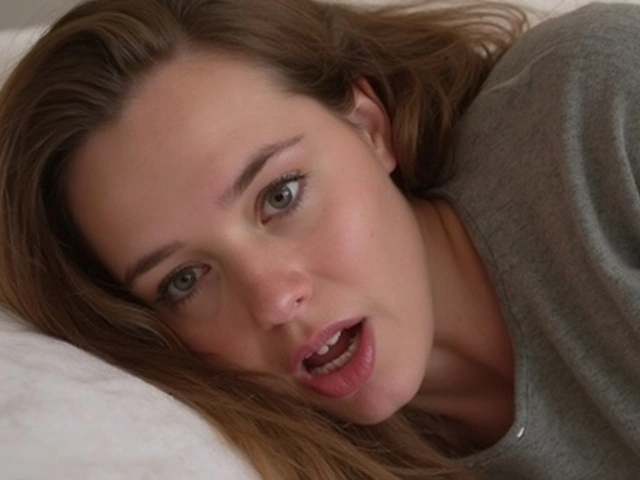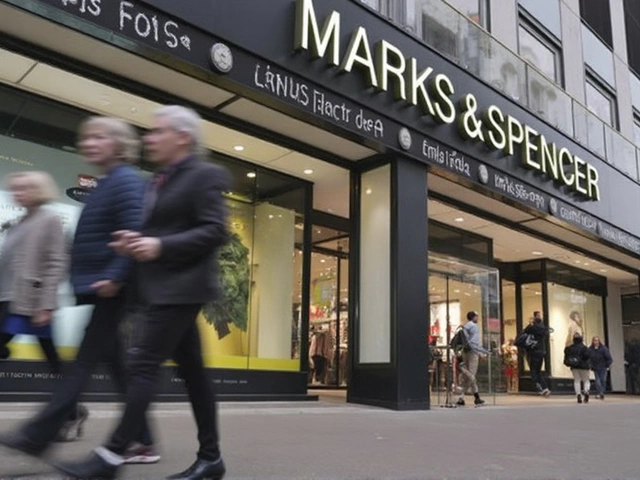Clashing Generations Set the Stage for Glastonbury's Wild Saturday
Anyone looking for proof that Glastonbury 2025 lives and breathes on musical contradiction didn’t have to look further than this year’s Saturday. The festival’s entire vibe spun on three very different axes: Charli XCX’s neon-drenched pop chaos, Neil Young’s masterclass in raw distortion, and the Scissor Sisters’ struggle to be heard in the mud—literally.
Let’s start with Charli XCX, who owned the Other Stage and didn’t seem fazed by her clash with a rock legend. Her ‘Brat’ era is more than just a rebrand—it’s a manifesto for what new-age pop can look and sound like on a festival main stage. Think thumping basslines, hyperactive synths, wild visuals, and a crowd hyped enough to fuel a rave on their own. While Neil Young’s set was doing its thing over on the Pyramid Stage—the quintessential festival rock slot—Charli’s crowd was alive with the energy only someone at the peak of her pop powers can command. There was no mistaking the generational line: kids in glitter bodysuits and bucket hats plugged into every beat, while the more nostalgic fans drifted back towards Young’s simpler, guitar-driven sound.
Speaking of Neil Young—the man has decades of headline experience, and it showed. His set was stripped back, intense, and driven by the kind of distortion you feel in your bones. Fans heard staples from his massive archive: "Heart of Gold" cut through the live air, followed by the dirtier, angrier favorites. The crowd might have been smaller than in Charli’s territory, but it made up for it in dedication—these were here-for-the-music types, happy to trade pyrotechnics for every gritty chord he had left in him.
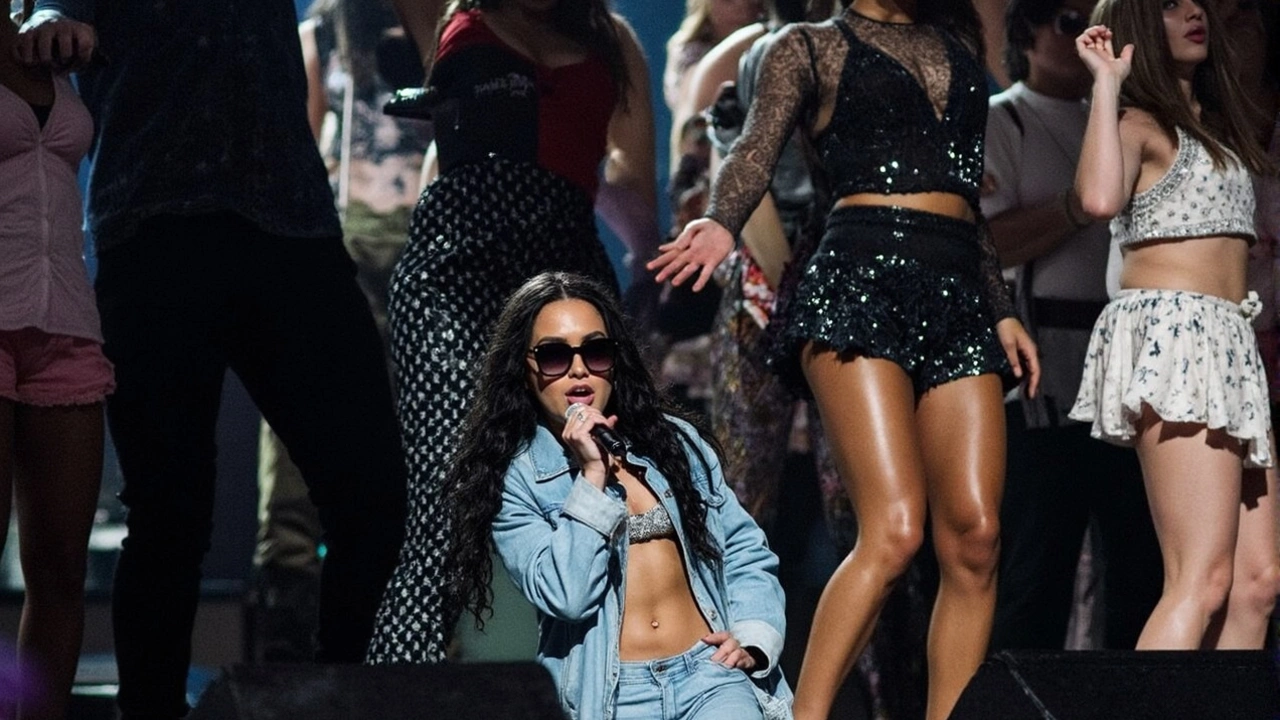
Late-Night Drama and Unlikely Stars
The Scissor Sisters, veterans of the wild stage show, found themselves in a technical nightmare during their Woodsies tent gig. BBC viewers at home weren’t shy about complaining; audio glitches and murky sound had fans jumping onto socials, demanding faster fixes. Still, Jake Shears, Ana Matronic and crew powered through, slipping wild costume changes and disco anthems between rewiring attempts. Sometimes, at these festivals, surviving becomes the real show.
The program clash didn’t just separate crowds by generation or taste. It showcased Glastonbury’s refusal to settle for one flavor. Earlier in the evening, Kneecap pulled a different crowd entirely—their politically sharp West Holts set fired up debate as much as it did dancing, with audiences waving Palestinian flags and diving into the group’s pointed lyrics. This was music as direct commentary, a reminder that Glasto doesn’t shy away from politics, even as it juggles everything from vintage rock to pop that feels delivered straight from the club.
Saturday’s balancing act between heavy nostalgia and forward-leaning sounds, plus the live unpredictability, made it a day nobody could have scripted. One moment you’re dodging teens in neon, the next you’re watching grown men cry to Neil Young, or laughing at disco dancers syncing up in a tech-glitchy tent. If anything, this patchwork is what keeps Glastonbury so alive: a festival where nobody knows what song, or scandal, is coming next.
